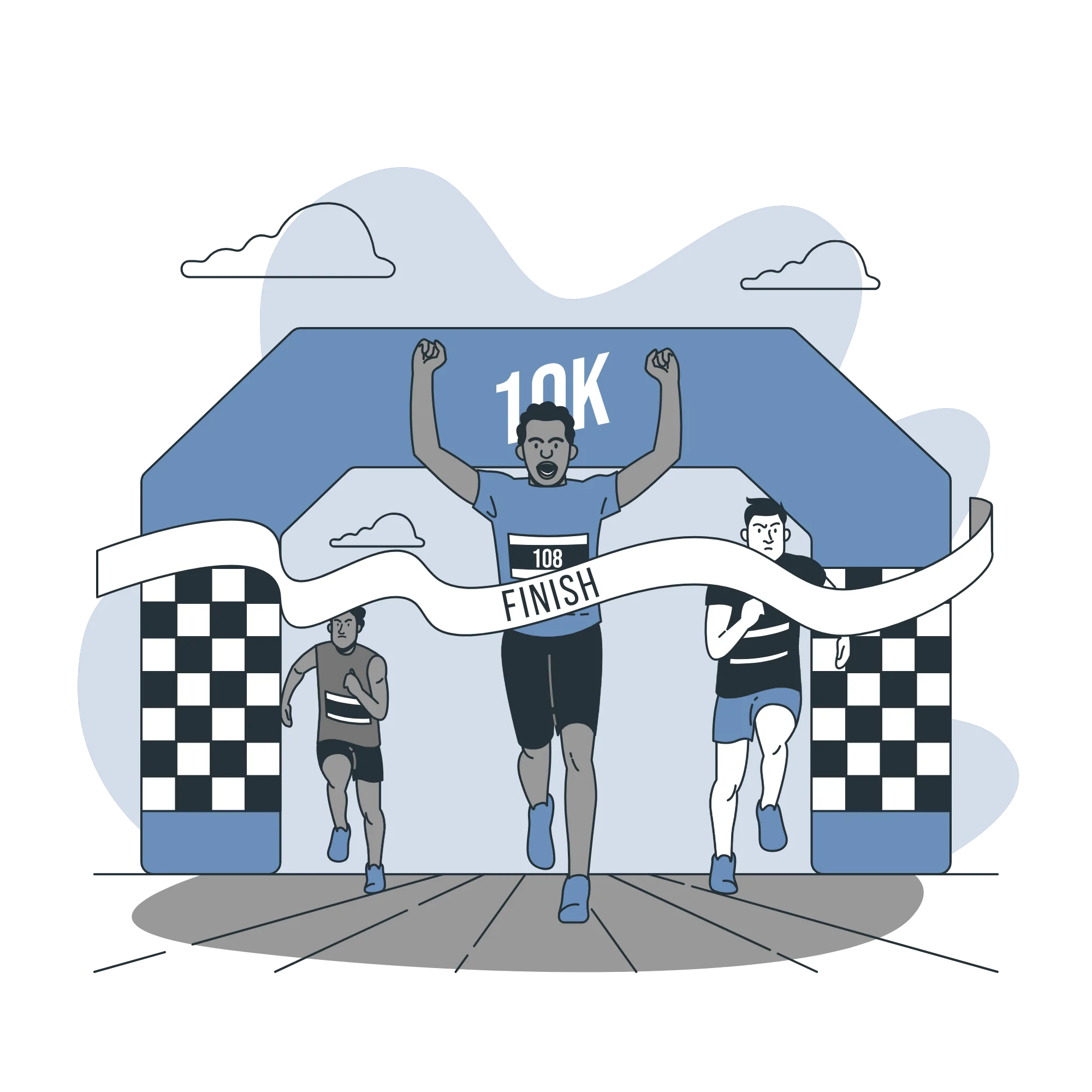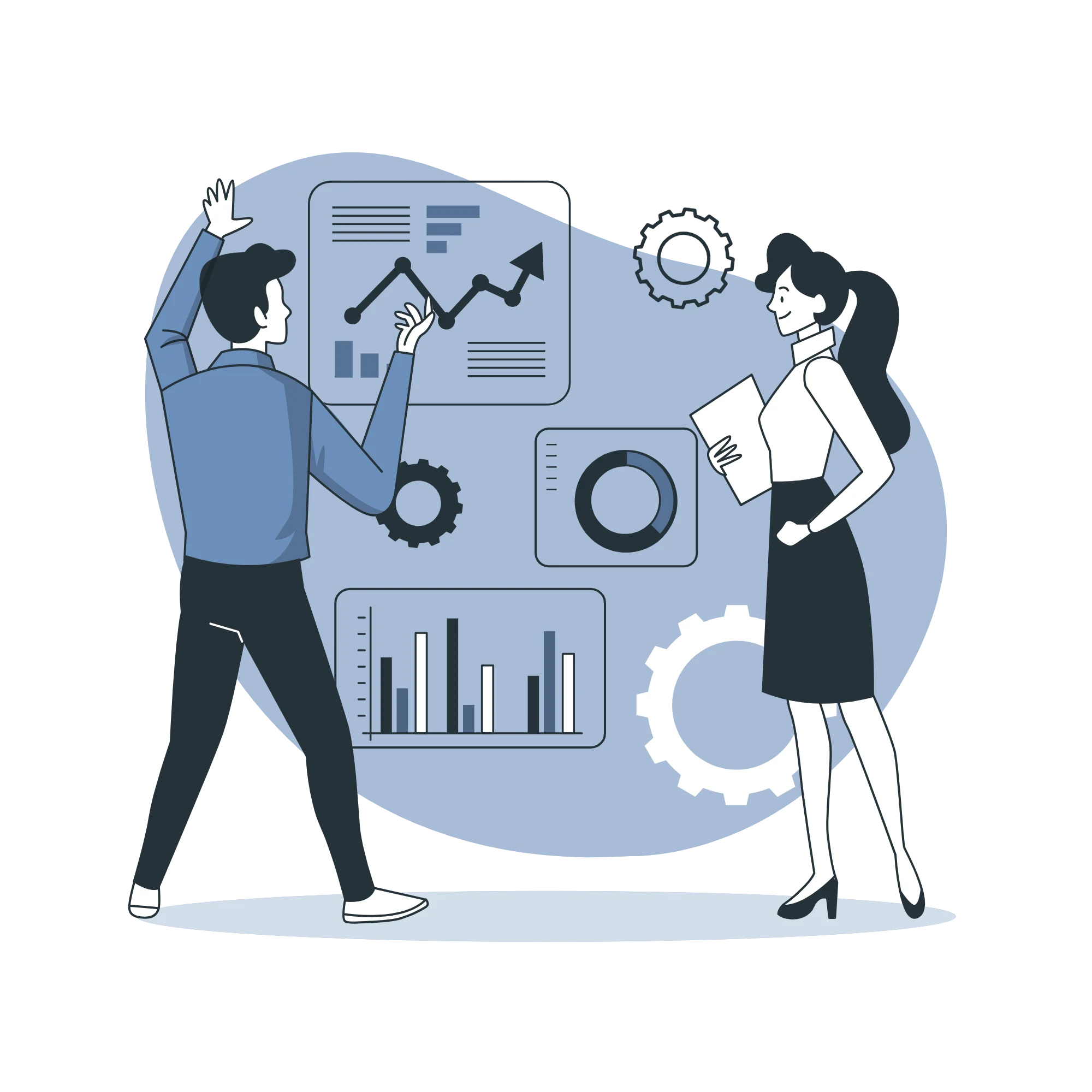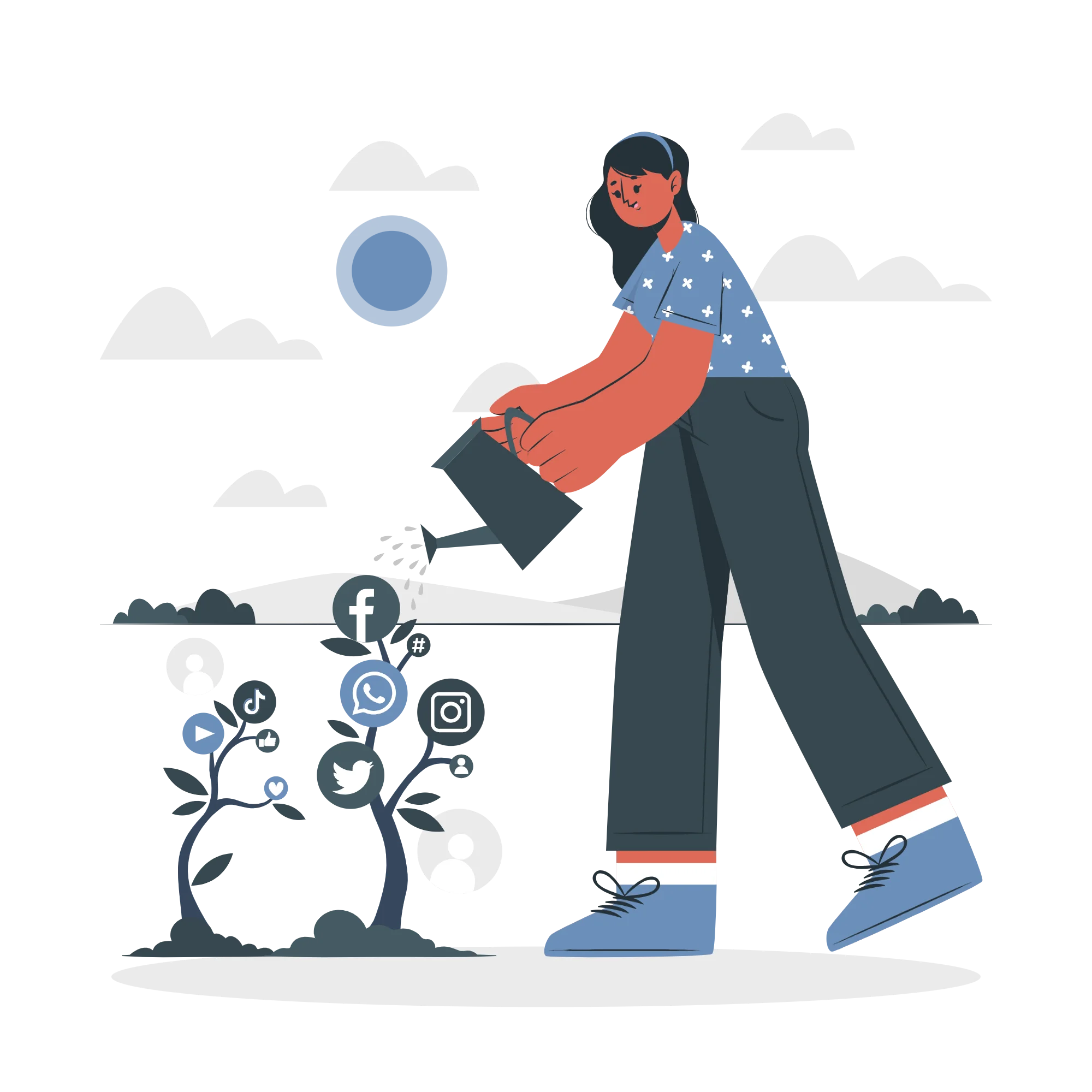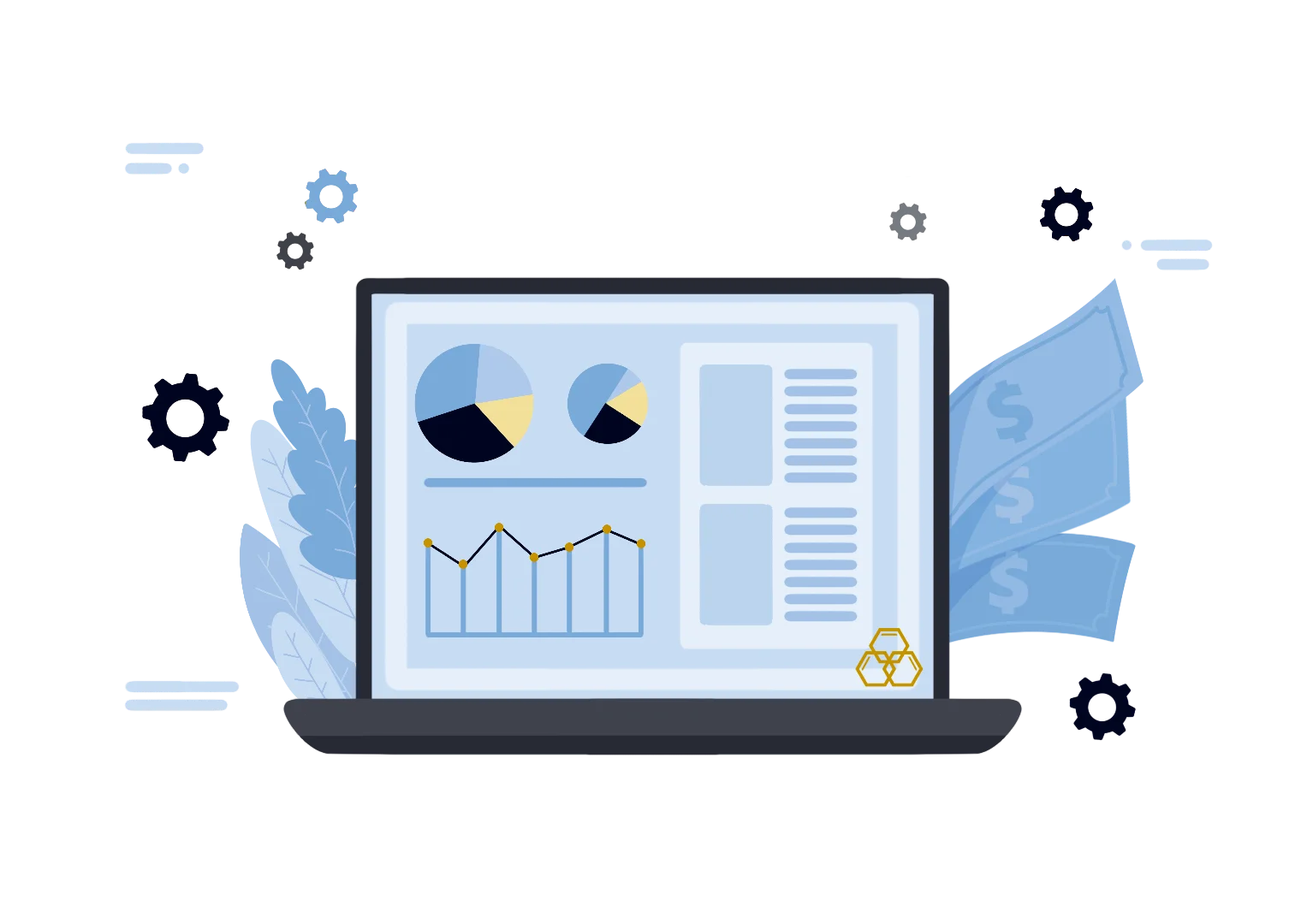Ever find yourself wondering about your brand's performance in this competitive business world? Whether you're knee-deep in marketing or steering your own business ship, taking a moment to reflect on your brand can make all the difference.
That is brand analysis.
It might sound daunting, especially if you're unclear on the goals, process, or valuable insights you should be hunting for. But fear not! We're here to guide you . So, how do we dive into the brand analysis process without feeling lost?
What is Brand Analysis?
Simply put, brand analytics digs into how your brand is doing in the market. It looks at how well people know your brand, how the brand presents itself to the public, what they think about it, and how it stacks up against others.
We don't just look at the numbers; we also dive into what your customers say and how you stand next to the competition. This analysis gives you the lowdown on your brand's strengths and areas that need improvement.
What is the Brand Analysis’s Objective?

Brand Awareness
We're want to find out just how familiar people are with the brand. It's like checking the brand's pulse – is it beating loud and clear, or are we just a blip on the radar?
This is the stage where we ask: Are the marketing efforts making waves? Are we subtly popping up on people's radars? It's about assessing whether promotional efforts are hitting the right chords, making positive brand reputation.
Brand audit also look into campaigns that works, and where we need to roll up your sleeves and adjust. It's the nitty-gritty of understanding how well the target audience perceives the brand and tweaking strategies accordingly.

Brand Identity
Analyzing the brand's identity is like giving your brand a personality check; Understand what makes it tick and how it resonates with your potential customers.
Brand analysis looks into the visuals like logo, colors, and design, while going deeper into the soul of the brand. What messages are you sending out into the world? What brand values are paramount to the company and can give you competitive advantage?
It's about ensuring you're not just another face in the crowd. We want to be that unforgettable character, that friend everyone remembers. It's about crafting a brand persona that people visually recognize and connect emotionally.

Brand Equity
For brand equity, its analysis is essentially a deep dive into the overall value we bring. Are we the go-to choice? Are people sticking with us through thick and thin?
Building a brand a is also building a relationship – is it long-lasting, or are we just a passing fancy? We're trying to figure out if consumers see us as the cream of the crop, the top-notch choice in the industry.
It's not just about selling a product; it's about creating an emotional connection. Are we becoming a brand that people genuinely love and trust? This part of the analysis measures the brand's impact, influence, and ability to forge lasting relationships with the target market.

Competitive Positioning
Looking at the competitive positioning is how we check where we stand in the game, sizing up your position among the other players in the field.
You assess the market and ask: What sets us apart from the rest? What's the unique play that makes us stand out among competitors?
And you're not just looking at what others are doing; you're dissecting it, learning from it, and then plotting your course. This is the phase where you find those sweet spots where we can outmaneuver the competition and truly shine.
Brand Consistency
What's crucial for a brand is ensuring it doesn't pull a rug and suddenly change its personality or appearance. Consistency is key and is backbone of your brand narrative.
Whether someone stumbles upon your website, encounters your ads, or scrolls through your social media platforms, we want them to experience a seamless and reliable journey.
Across all touchpoints, from the pixels on our website to the pixels on social media, we aim for that smooth, harmonious experience for stronger customer loyalty. It's not just about what we say; it's about how and where we say it and ensuring that every interaction feels like a natural progression in the brand story.

Brand Strategy
Let's talk strategy – the game plan for conquering the market. It's like laying out a roadmap for success. So, what's the goal? How are we tackling the market?
We check if your strategies harmonize with the big-picture goals. It should not be like throwing darts blindly; we aim to hit the targets, and create a lasting impact, and saves budget.
10-Step Guide for an Effective Brand Analysis
1. Define Objectives and Scope
Before we conduct a brand analysis, it needs a crystal-clear goal. Start by articulating your objectives clearly.
Define the purpose: is it to make a better brand perception, fine-tunie brand messaging, or secure a niche market share? These objectives must be clear and effectively guide the entire analysis process.
Equally crucial is outlining the scope and establishing the boundaries and focus areas. Specify which facets of the brand will undergo scrutiny – from visual key elements like logos to the intricacies of customer perception.
This complex groundwork forms the backbone of your analysis and ensures that every subsequent step aligns with the overarching goals.

2. Gather Data
Gather diverse data, blending quantitative and qualitative insights from diverse sources. Create customer surveys to tap into direct audience's opinions, delve into social media analytics for real-time trends and website traffic, scrutinize sales data, track brand mentions, and dissect industry reports.
This multi-faceted approach will ensure a comprehensive dataset that unveils the brand's current market standing.
Market research's purpose is to create a holistic panorama and paint an intricate picture of where the brand stands amidst the competitive landscape. Navigating through this vast and varied information provides the tools for strategic decision-making and a nuanced understanding of the brand's market positioning.
3. Competitor Analysis
Conduct a comprehensive competitive analysis, identifying their strengths, weaknesses, opportunities, and threats.
This investigative journey encompasses a deep dive into their marketing strategies, examining the pulse of customer feedback, and scrutinizing their market position.
This process not only unveils potential areas for improvement but also serves as a compass for differentiation. Moreover, by discerning the strengths to emulate, weaknesses to address, opportunities to seize, and threats to anticipate, your brand can carve a distinctive niche in the competitive market, standing out amidst industry forces.

4. Brand Identity and Messaging Analysis
Begin by looking into your visual identity: logos, colors, and design, ensuring they form a cohesive and visually appealing narrative. Assess the messaging to guarantee alignment with the core values your brand cherishes.
Picture your brand as a person navigating a crowded room: are the signals it's sending out reflective of its true character? This analysis serves as a mirror, ensuring that your brand's outward appearance harmonizes seamlessly with its essence.
5. Audience Perception Analysis
Use diverse tools, from surveys and focus groups to the art of social listening, to decipher how your brand is perceived.
What associations do customers form when they think of your brand? This nuanced exploration into audience perceptions becomes a compass, guiding the customization of your branding strategies to align seamlessly with their expectations and preferences.
This valuable feedback loop informs strategic decisions and cultivates a brand narrative that authentically resonates with the desires and sensibilities of your audience.
6. Brand Equity Evaluation
Quantify the emotional value your brand carries by delving into key metrics. Gauge brand loyalty, assess perceived quality, and analyze the associations your brand triggers.
Comprehensively understanding brand equity uncovers the emotional investment your audience has made. Higher brand equity becomes more than a metric; it's a testament to a robust existing customer base and a springboard for potential growth and expansion.

7. Communication Channels:
Conduct a thorough examination of your brand's communication landscape. Look into the effectiveness of your brand's online presence across your channels – from social media to the traditional approach of online advertising and other platforms.
Ensure your brand is strategically positioned where your target audience is most active, optimizing marketing channels to maximize audience reach and customer engagement.
8. Internal Stakeholder Feedback
Harness your team's wealth of internal insights, transforming the workplace into a source of invaluable wisdom. Collect feedback from every tier of your organization – from the frontline customer-facing staff to the strategic minds of the executives.
Their diverse perspectives offer an insider's view, shedding light on both the strengths that make your brand shine and the areas that needs improvement.
This collaborative approach isn't just about gathering feedback; it's about cultivating a shared understanding of your brand's identity and goals.
9. Data Synthesis and Interpretation
Transition into the phase of data interpretation and synthesis. Take the wealth of collected data and weave it into a cohesive narrative. This step demands identifying patterns, discerning trends, and transforming raw data into actionable insights.
The clarity of the resulting image directly influences the informed decisions you'll make. It's not just about the individual pieces; it's about how they fit together, revealing the underlying story within the data.
This interpretative process bridges information and strategy, converting complex datasets into a roadmap that guides your brand toward success in the market's ever-evolving landscape.

10. Recommendations and Actionable Insights
Drawing from the depths of your analysis, create actionable strategies. What aspects need refinement, and where should your efforts be amplified for maximum impact?
It lets you identify areas for adjustment, and translate those findings into a strategic plan that positions your brand for success in the ever-evolving market landscape.
This phase ensures that your brand not only adapts to change but thrives in it, embracing a trajectory that aligns seamlessly with the dynamic shifts of the market.
FAQs
Why is brand analysis important?
Brand analysis is crucial because it enables a business to understand how customers perceive it and how it compares to its competitors. This insight enables companies to refine their messaging, strengthen their brand identity, and implement strategic improvements to remain competitive and relevant.
How to do a brand identity analysis?
Conducting a brand identity analysis involves reviewing visual elements, such as your logo, colors, and typography, as well as your brand's voice and messaging. You should also gather feedback from customers, gain valuable insights evaluate brand consistency across platforms, and assess whether your identity reflects your core values.
What should brand analysis include?
A comprehensive brand analysis report should include an evaluation of your brand identity, customer perceptions, market positioning, brand awareness, and messaging. It must also involve competitor benchmarking, SWOT analysis, and checking for consistency across marketing materials, digital channels, and customer touchpoints to ensure alignment.
How to analyse brand personality?
To analyse brand personality, examine how your brand communicates across various channels—its tone, messaging, and imagery. Gather audience feedback, set brand guidelines, look for patterns in how your brand is described, and match these traits to common personality dimensions, such as sincerity, competence, excitement, or ruggedness.
What is the most important purpose of branding?
The primary purpose of branding is to establish a strong and recognizable identity that distinguishes your business from competitors. Effective branding fosters trust, builds emotional connections with audience, competitive, customer satisfaction, and influences buying decisions through consistent, meaningful, and memorable brand experiences.
Final Thoughts
Explore our blog page for a deeper dive into these strategies and more. Uncover expert insights, emerging trends, effective marketing campaigns, and actionable tips to further guide your brand's success.
Ready to chart your course to excellence with a new brand strategy? Our branding and marketing team of experts, of big and small businesses, is here to help.
Talk to us today to discuss how these recommendations can be tailored to your unique brand landscape. Let's turn insights into action and set your brand on a trajectory for triumph.







